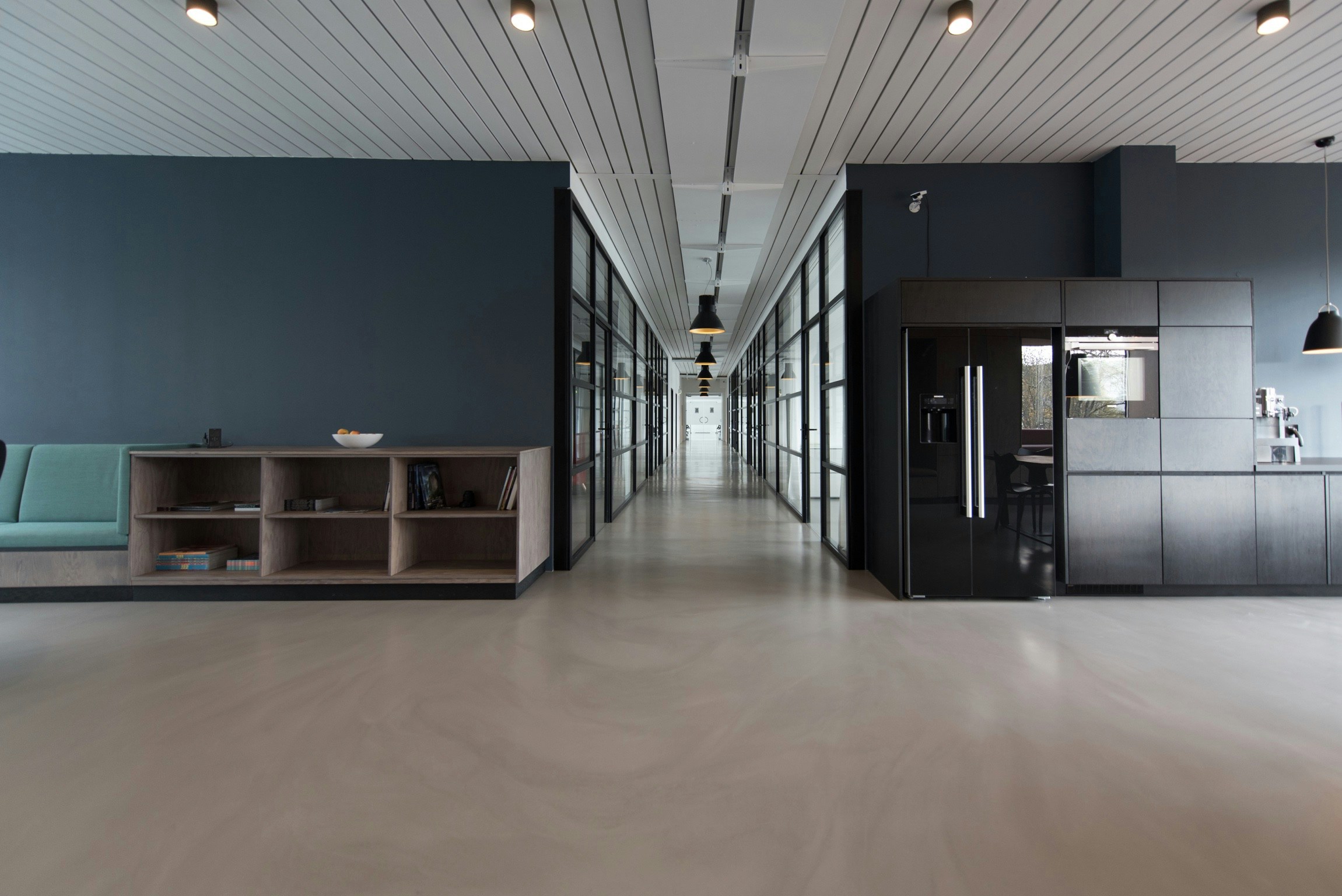Typography plays a critical role in design. The right fonts can enhance readability, convey a message, and create a distinct visual identity. Understanding the principles of typography can help you make informed choices that elevate your designs.
Key Typography Principles
Font Selection: Choose fonts that match the tone and purpose of your design. Serif fonts are often seen as traditional and reliable, while sans-serif fonts are modern and clean.
Hierarchy: Use different font sizes and weights to create a visual hierarchy, guiding the reader's eye through the content.
Readability: Ensure that your text is easy to read. This involves choosing appropriate font sizes, line heights, and letter spacing.
Alignment: Proper alignment helps to create a clean, organized look. Left alignment is most common, but center and justified alignments can be used strategically.
Consistency: Maintain consistency in your typography to create a cohesive look across your design.
Tips for Effective Typography
Limit Font Use: Stick to two or three fonts to avoid a cluttered look.
Contrast: Create contrast between headings and body text to enhance readability.
White Space: Use white space effectively to give your text room to breathe.
Tools for Typography
Google Fonts: A library of free, open-source fonts.
Typewolf: A resource for typography inspiration and font pairings.
Typography is a powerful tool that can make or break your design. By mastering the principles of typography, you can create designs that are not only visually appealing but also effective in communicating your message.



